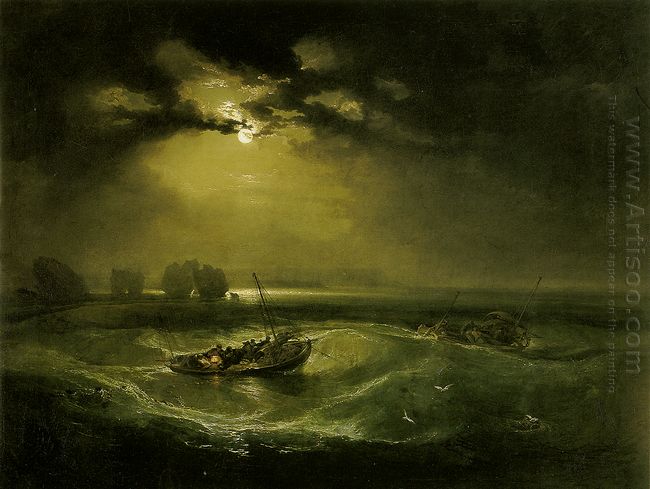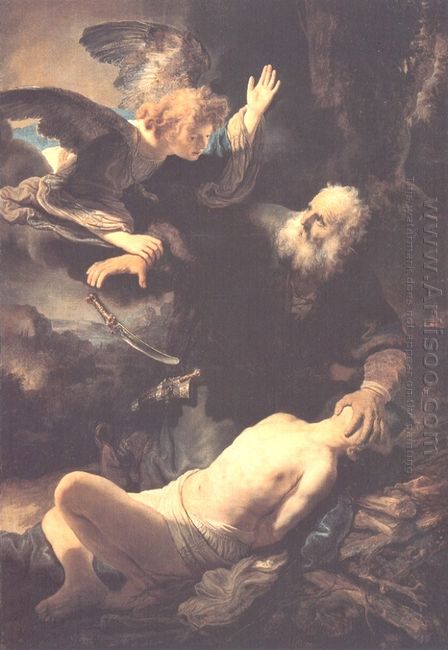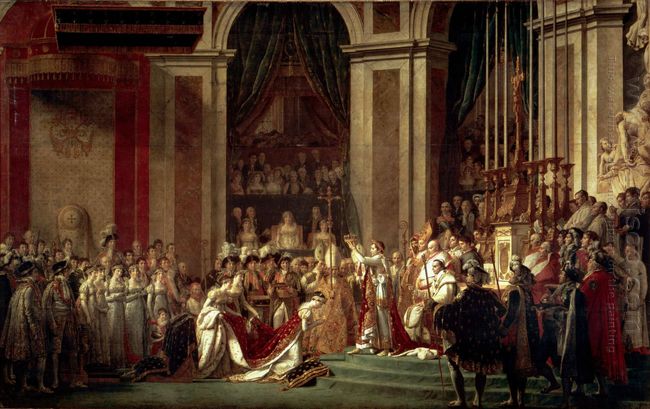From Nov. 11, 2013 to April 21, 2014, the National Maritime Museum will hold the exhibition of the works of Joseph Mallord William Turner, in memory of this great sea sight painter.
Turner came from a country with a long maritime tradition. For all his life, he was especially keen on the ocean, and nearly half of his works are about seascapes. Turner is one of the most famous British painters with best skills, as well as the representative of the British academic painters in the 19th century. Turner’s art career crossed half a century, during which he created various sea scenes. In a result, he is one of the greatest seascape painters.
Christy Ryding, the exhibition planner, accepted Xinhua New Agency’s interview and told journalist: “Turner was British. He came from an island country. The sea is very important for the British. Turner was also a traveler. It’s hard to image him traveling outside England not by the sea.”
Therefore, Turner grew great interest on seascape. Rather than imitating the works of former masters, he tried to explore the sea from different aspects. “The sea changes a lot. Sometimes are calm and tranquil, while sometimes are roaring with waves”, said Ryding.
In the Gallery hall hangs the Fishermen at Sea, the first oil painting work of Turner displayed in public. It was completed in 1796, depicting the fishing boats at sea in the moonlight. The moon and the water near the boats are the brightest part of the painting, showing the young painter’s ability to handle the theme.

The Trafalgar battle between Britain and France broke out on Oct. 21, 1805, in which Nelson led the British Royal Navy defeating Napoleon. It was one of the most important events happened in Turner’s life. 19 years later, Tuner painted his biggest painting to commemorate this event. This work has a lot of symbolism. The fallen mast of the battleship “victory” implying the death of Nelson, the British hero, and British sailors are rescuing drowning of their won and the enemy.
The exhibition not only displays Turner’s painting, but also other seascape works by other painters. Ryding said, “Comparing these works with Turner’s is to tell visitors that the sea is an important subject in painting, it’s not only painted by Turner.”
Turner has been paying close attention to other contemporary painters, especially some distinguished painters he respected. Once he found someone’s painting may shake his position, he would make response immediately. Ryding said, “Turner’s response was a new way for exploration.”
For example, when some young artists showed up in the 1820s. Turner started trying to represent the sea by more lively and rich color, such as the Passenger on Board created in his middle period.
In Tuner’s works, we can see the influence on him by other painters. For example, the Snow Storm-Steam Boat off a Harbor’s Mouth looks quite abstract of modern style, completely different from people’s understanding of seascapes at that time. Ryding said: “If you notice the cold color of the painting, dark brown, blue, green and white, you will remind of Dutch paintings of 17th century.” More preciously, the exhibition displays some rear unfinished works of Turner, revealing his painting process.
All of these works are precious legacies left by Turner. For the sea, Turner had shown his exploring spirit towards different performance forms for subsequent painter.

